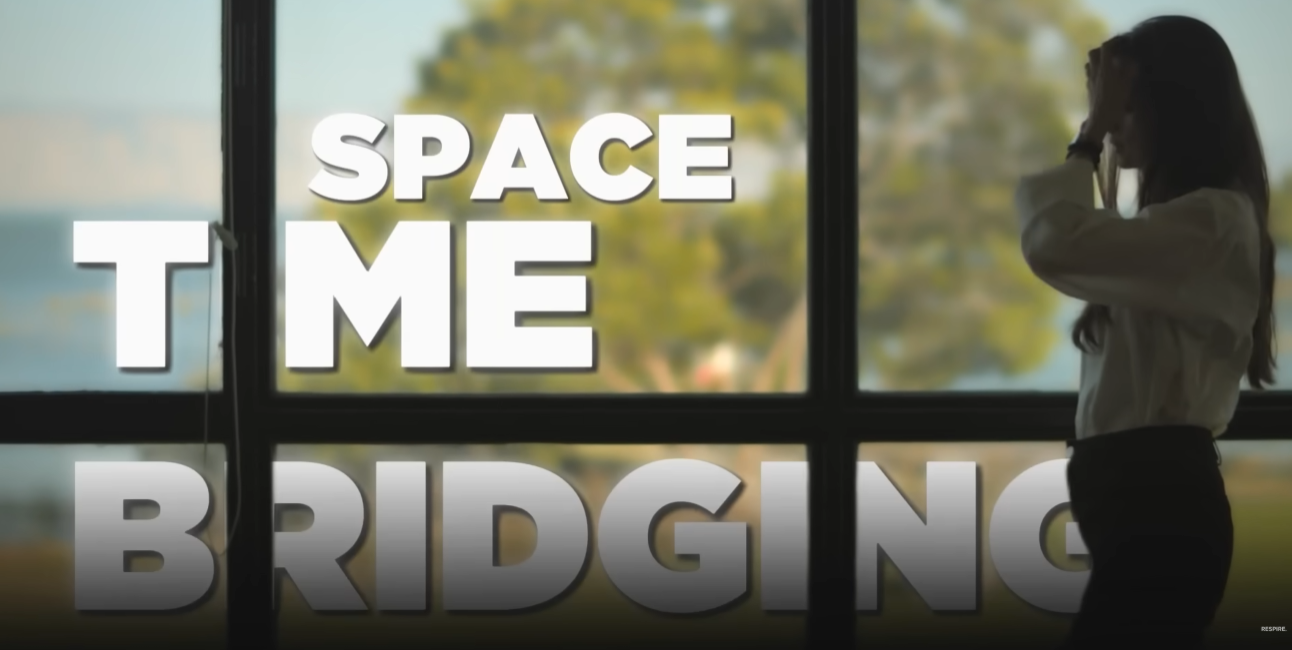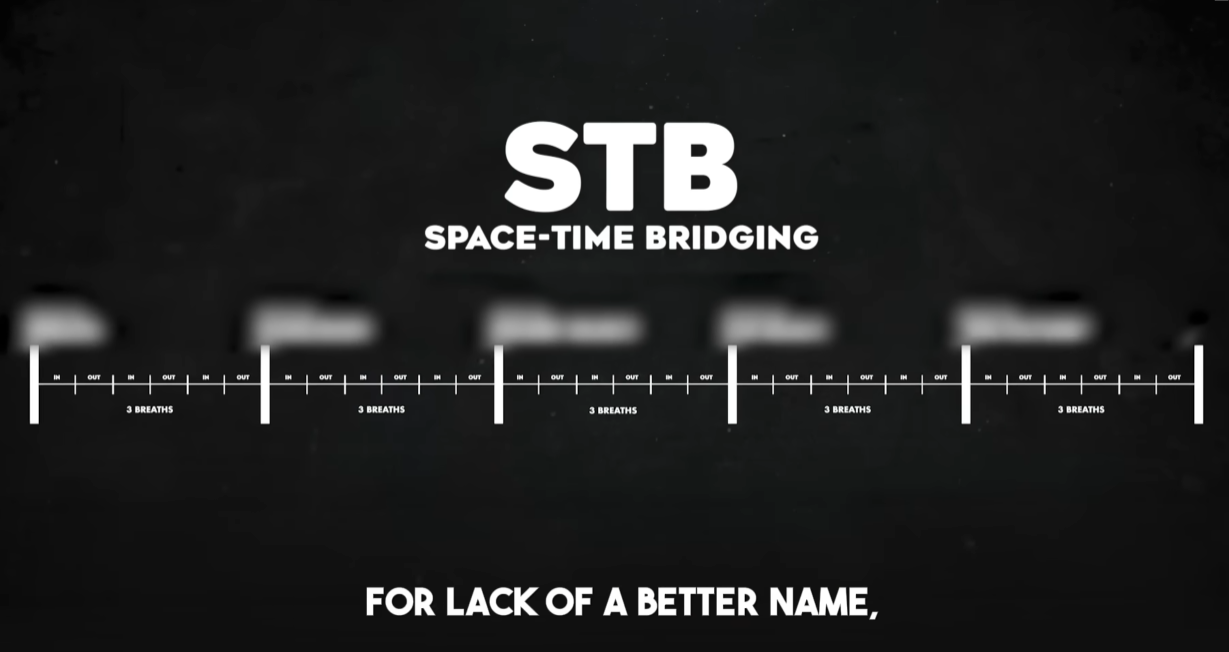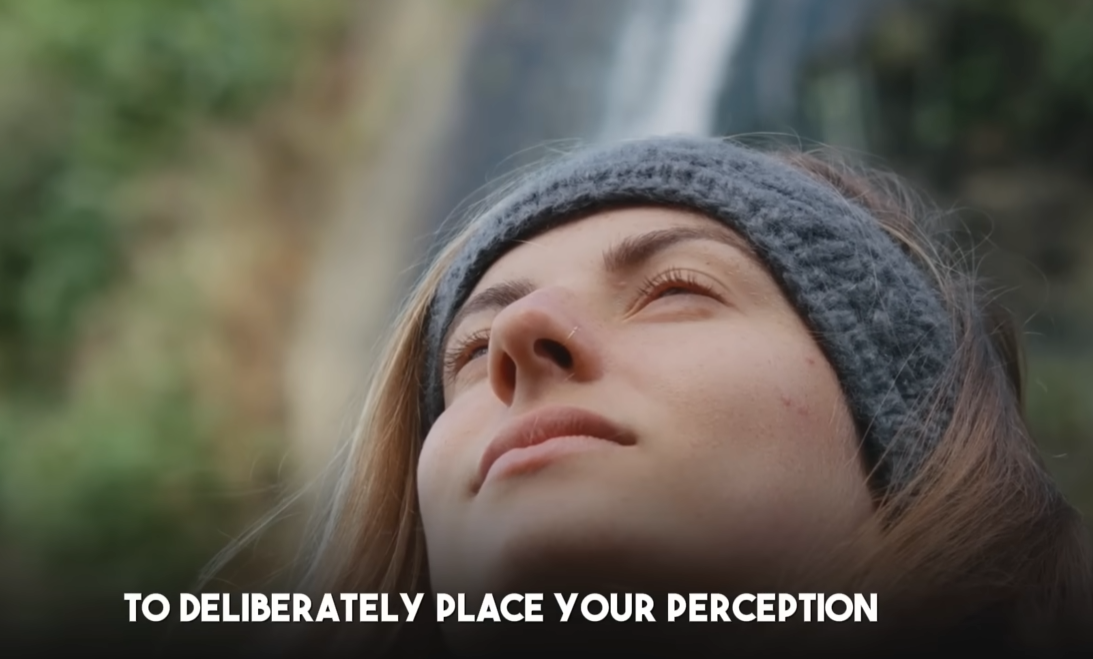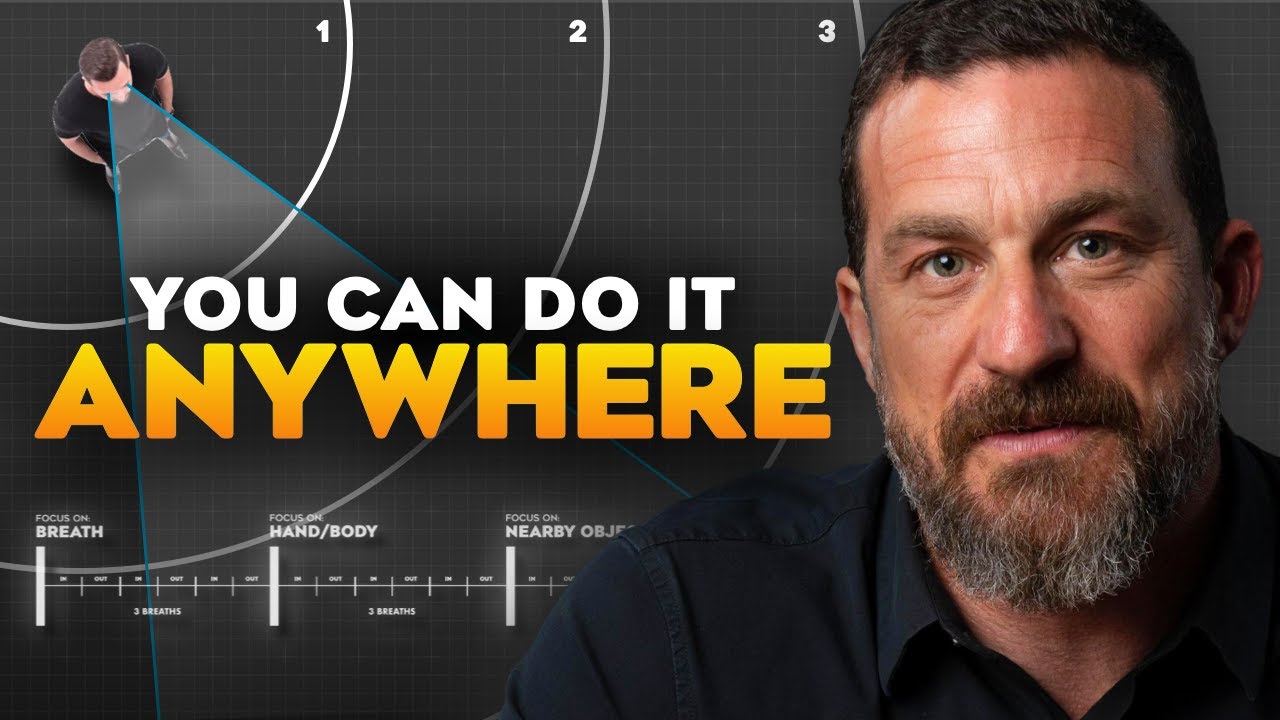In today’s fast-paced world, where digital distractions and constant demands pull our attention in a hundred directions, finding mental clarity can feel like an uphill battle. But what if there were a simple, science-aligned practice that could sharpen your focus, improve your mood, reduce stress, and even enhance your sleep quality — all in just a few minutes a day?
Introducing Space-Time Bridging, a powerful yet accessible meditation technique designed to reconnect you with both your inner state and your external environment. This method works by guiding your attention through varying levels of perception — from internal bodily awareness (interoception) to external observation (exteroception) — while also influencing how your brain processes time.

The Science Behind Awareness and Mental Health
Modern neuroscience has revealed that most people tend to be overly focused on internal sensations, often trapped in a loop of self-referential thoughts. This inward bias, while sometimes beneficial for introspection, can lead to overthinking, anxiety, and even symptoms of depression if not balanced with external awareness.
Mindfulness meditation is often recommended to cultivate awareness, presence, and emotional balance. Yet, many traditional techniques emphasize inward focus only. Space-Time Bridging (STB) offers a more holistic approach, training your mind to shift fluidly between internal and external awareness and, in the process, recalibrate how you perceive time — a fundamental element of cognitive function.
How Attention Affects Perception of Time
The way we focus affects how we experience time. When our attention is directed toward things close to our body — like our breath or a hand in front of us — our brain slices time into fine increments, processing details moment by moment. This can heighten self-awareness but also increase the sensation of time dragging on, especially during stress.
In contrast, when we focus on objects farther away — like the horizon, distant buildings, or even imagining the other side of the world — our brain broadens its sense of time, perceiving it in larger segments. This perspective shift can help reduce the weight of intrusive thoughts and restore a sense of calm.

What Is Space-Time Bridging?
Space-Time Bridging Meditation is a structured practice that moves your awareness step by step — from deep internal focus to full engagement with the external world and back again. Each stage corresponds not just to a spatial point of focus, but also a different time domain in your brain. Practicing this flow helps train your mind to switch attention modes flexibly, a skill crucial for modern life.
This dynamic switching between states supports:
- Improved mental focus and cognitive agility
- Reduced symptoms of anxiety and overthinking
- Enhanced emotional regulation
- Better sleep quality
- Increased resilience to daily stressors
Step-by-Step Guide to the Space-Time Bridging Practice
This meditation works best outdoors or near a window, but you can also adapt it to indoor settings.
Step 1: Begin with Deep Interoception
Close your eyes and focus entirely on your breath or on the area between your eyebrows (often called the “third eye”). Tune in with 100% attention to your internal sensations — the rise and fall of your breath, your heartbeat, or any subtle bodily awareness. Stay here for three full, slow breaths.
Step 2: Shift to Near-Body Exteroception
Open your eyes and hold your hand out in front of you at arm’s length. Gently fix your gaze on your palm. As you breathe, split your attention evenly between the visual of your hand (external) and your breath (internal). Do this for three slow breaths.
Step 3: Focus on Your Immediate Environment
Now, find a focal point in the room or environment around you, about 10–15 feet away. It could be a wall, a plant, or a piece of furniture. Hold your gaze there and continue breathing consciously. Again, divide your awareness between what you see and what you feel inside for three breaths.
Step 4: Look to the Horizon or Far Distance
Direct your gaze to the farthest point you can see — perhaps a distant hill, a skyline, or even imagine the edge of the earth. Continue your breathing as before, letting your mind expand with the distance. Maintain this broad awareness for three breaths.
Step 5: Embrace the Cosmic Perspective
Visualize yourself as a small being on a large, spinning planet floating through space. This isn’t metaphorical — it’s a fact. Focus on the vastness of the universe while still anchoring your breath. Let this dual awareness settle into your consciousness for three breaths.
Step 6: Return to Deep Interoception
Finally, close your eyes again and return your focus inward. Feel your body, your breath, your heartbeat — grounding yourself back in the present. Breathe here for another three breaths.
You can repeat this entire cycle as many times as you’d like, or flow through it just once. With regular practice, you’ll notice an increasing ease in shifting mental states — a skill vital for managing stress, staying focused, and being present in daily interactions.

Why This Practice Matters in Real Life
From endlessly scrolling social media to juggling emails, meetings, and personal commitments, our brains are constantly toggling between tasks. Unfortunately, we often get stuck in one mode — either hyper-focused on the world outside or lost in mental chatter.
By deliberately practicing attention mobility — shifting between inner awareness and external focus — Space-Time Bridging trains your brain to adapt in real-time. This can dramatically improve how you navigate relationships, work productivity, emotional regulation, and even rest.
Expert Tips for Enhancing the Practice
- Do it daily: Just 5–10 minutes a day can bring noticeable benefits.
- Try it before bed: It helps the brain transition from stimulation to relaxation.
- Pair it with movement: Combine it with walking outdoors for a meditative walk.
- Use it in transitions: Practicing this between tasks can reduce mental fatigue.
Final Thoughts: Small Shifts, Big Impact

Meditation doesn’t have to mean sitting in silence for hours. A brief, intentional practice like Space-Time Bridging can be a transformative tool for mental clarity, emotional resilience, and even physical well-being. By exercising your ability to shift perception, you’re essentially rewiring your brain for greater flexibility and presence.
Ready to reconnect with yourself and the world around you?
Start your Space-Time Bridging practice today and discover how this simple meditation can bring balance to your busy life. For more mindfulness tools and healthy lifestyle strategies, explore our expert-backed articles or reach out for a personalized wellness consultation.



